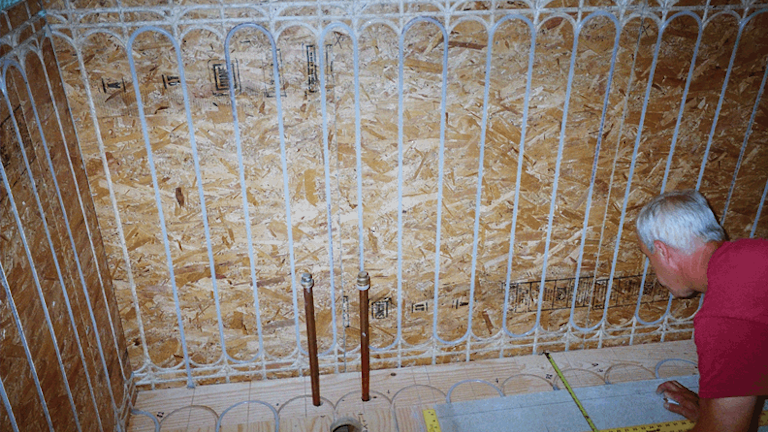How does radiant heat work.
Thermometer in concrete in radiant floor heat.
Due to it s density and low conductivity concrete retains heat very well.
In contrast radiant floor heating systems heat the entire floor which leads to an evenly heated room and for an even ambient temperature around a person s body.
There s two basic types of concrete floor heating hydronic and electric.
The most cost effective system for medium to larger homes is hydronic since the amount of power it would take to heat a whole home with electric would be substantial.
Adding insulation on top of the slab and beneath any floor heating system will allow a greater percentage of the heat generated to transfer to the.
So when installing a floor sensor thermistor never embed the thermistor itself into the concrete.
Only on very cold days when the radiant heating system is called on for maximum output will the floor actually feel warm.
With a floor sensor controlling the radiant zone independent of the room s air temperature the floor maintains whatever baseline temperature you desire and the other heat sources if used can make up the difference.
According to the radiant panel association a radiant heated floor normally feels neutral with a surface temperature usually lower than normal body temperature although the overall sensation is one of comfort.

